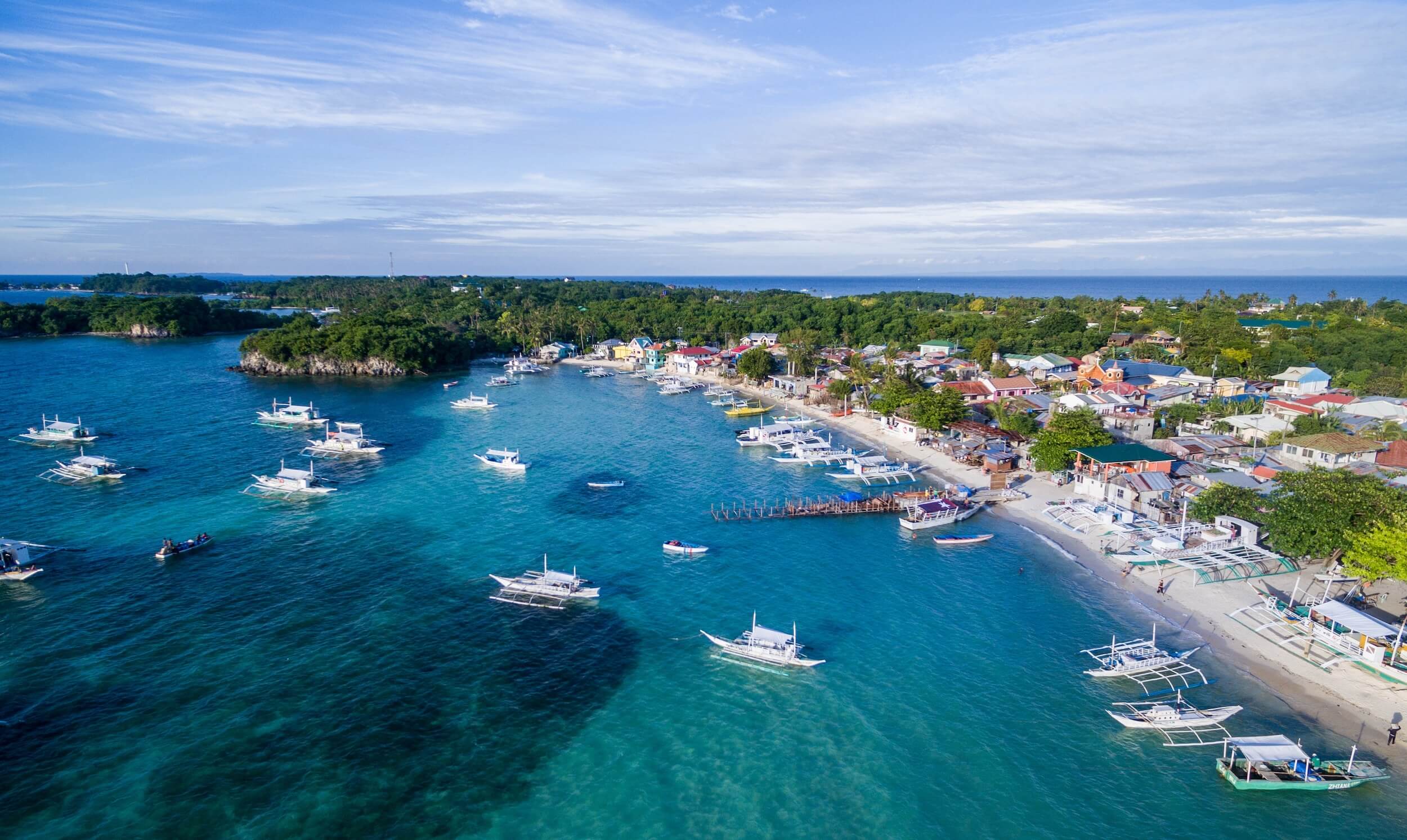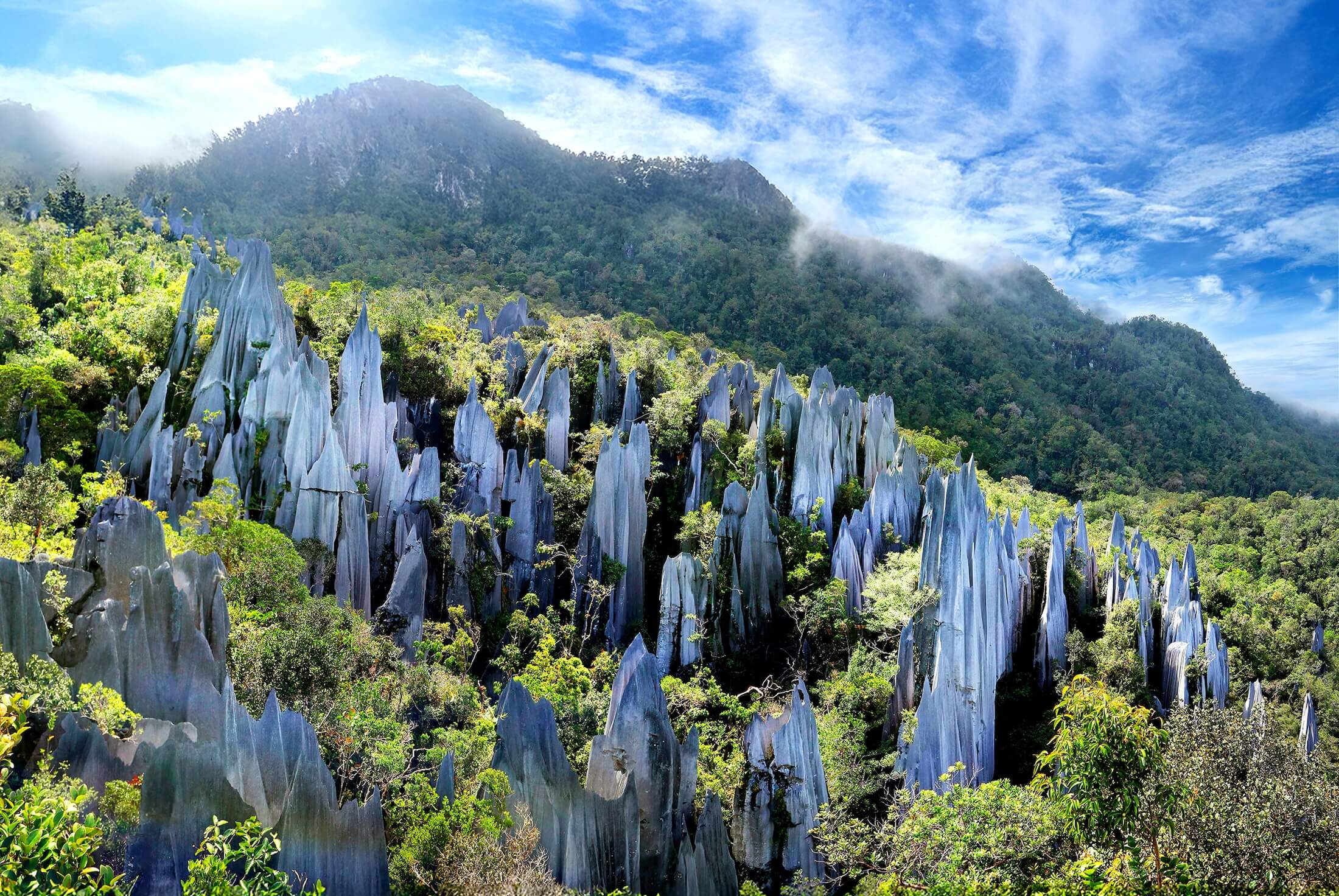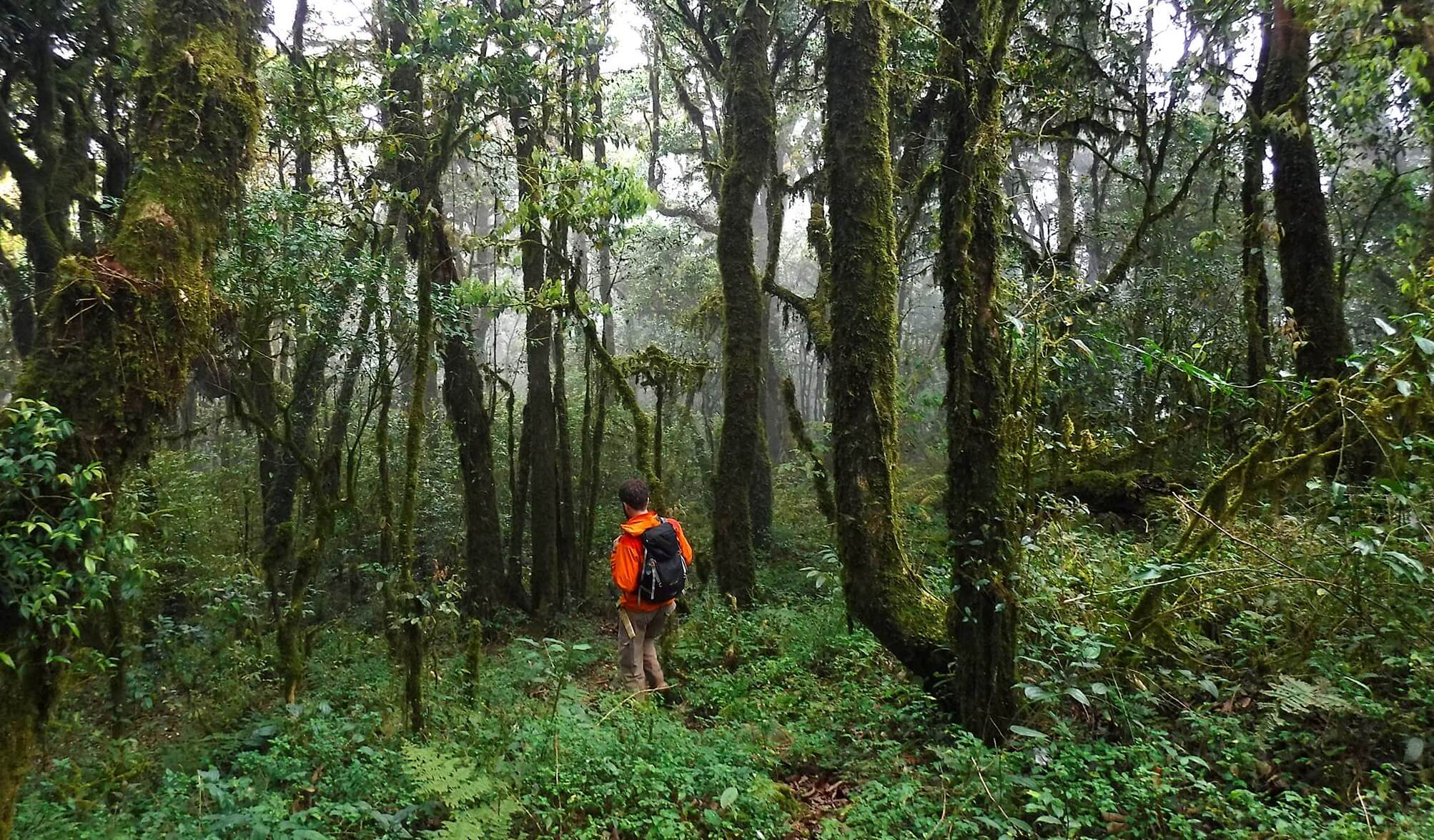




The year 2020 was supposed to be the environment’s “super year,” as named by the UN Environment Programme (United Nations Environment Programme 2020: A Crunch Year for the Biodiversity and Climate Emergencies, 2019). This milestone was set way before there was any indication of a virus that would cause a global pandemic.
There were high hopes that 2020 will be pivotal for biodiversity, with the numerous international dialogues and landmark agreements set to happen within the year, including the negotiations of the 196 Parties to the Convention on Biological Diversity on the post-2020 global biodiversity framework. The unexpected COVID-19 pandemic, however, and the numerous climate-related hazards have shocked the ASEAN region with impacts that have been felt across all aspects of our lives, causing scores of deaths and millions in material losses.
Looking back at the year that was, the ASEAN Centre for Biodiversity (ACB) lists a number of lessons that we gleaned from 2020 and will serve as our guide as we take the path towards recovery and the 2050 vision of living in harmony with nature.
Lesson 1: Concerted efforts in protecting biodiversity can prevent the emergence of more pandemics
To date, the COVID-19 pandemic has affected 78 million people globally, which resulted in a death toll of close to 1.7 million. While the initial blame was placed on natural virus reservoirs such as bats and pangolins, the global public health crisis raised public awareness about the intricate link between biodiversity loss and pandemics. The recent workshop report on biodiversity and pandemics released by the Intergovernmental Science-Policy Platform on Biodiversity and Ecosystem Services (IPBES) underscored human activities as the root causes of pandemics and further warned that more diseases will emerge, cause more deaths, and result in further economic losses. Additionally, the IPBES report stated: “There are fundamental knowledge gaps on the linkages among biodiversity, anthropogenic environmental changes, and pandemic risk that will be critical to enacting policy changes to prevent pandemics.” As such, the conduct of further research on the connections between the environment and animal- borne diseases will guide various sectors, including policymakers, on the proper actions to avert another virus-caused pandemic.
The cost of reducing the risk to prevent pandemics is much less than the price of responding to a health crisis. Therefore, investments in conserving wildlife species and ensuring environmental integrity should be considered essential in protecting human well-being.
The ASEAN Centre for Biodiversity used the momentum to engage relevant sectoral bodies to integrate biodiversity into the response to COVID-19 and prevention of future pandemics. Discussions were held through a series of webinars such as “Biodiversity and Preventing Future Pandemics” in May 2020 and “Wildlife Conservation and Zoonotic Diseases: Halting Species Loss and Tackling Public Health in the ASEAN” in November 2020, and the four-part interactive webinar series on ASEAN Youth and COVID-19, to name a few.
In conjunction with the UN Decade of Ecosystem Restoration, the ASEAN, through the ASEAN Green Initiative, aims to promote the restoration and sustainable use of terrestrial ecosystem resources.
ASEAN envisions adopting nature-based solutions to combat desertification, halt biodiversity loss, and reverse land degradation through the planting of 10 million trees in the region in 10 years, beginning in 2021.
Lesson 2: The best time to turn to biodiversity for climate action is now
While the COVID-19 pandemic continues to disrupt the world, climate emergencies have also devastated ASEAN this year with more intense and frequent typhoons and floods, wreaking havoc on lives and properties.
The ACB has initiated region-wide discussions to promote ecosystem-based adaptation strategies, recognising that biodiversity is at the core of nature-based solutions.
In December 2020, the ACB co-organised the webinar on “Biodiversity and Building Resilience to the Impacts of Climate Change in the ASEAN,” with support from SwedBio. The experts in the webinar shared that while climate change is one of the main culprits that drive the loss of nature, the main paradox is that biodiversity and its ecosystem services underpin our principal solutions and efforts to tackle climate change and its impacts. Without healthy biodiversity, our fight against climate change would be an impossible feat.
Aichi Biodiversity Target 11, which aims to conserve at least 17 per cent of terrestrial and inland water and at least 10 per cent marine and coastal areas, is one of the on-track biodiversity targets for the region. As of June 2020, ASEAN’s terrestrial area coverage is at 13.25 per cent while marine area coverage is at 3.43 per cent, thereby contributing to the total global coverage, estimated at seven per cent for marine areas and 15 per cent for terrestrial areas.
The ACB, as the Secretariat of the ASEAN Heritage Parks (AHP) Programme, has been drumming up support for the region’s cream of the crop of protected areas. The AHP programme offers opportunities to strengthen regional connectivity and cooperation, as ecosystems and their services transcend national borders. The EU-ASEAN project, Biodiversity Conservation and Management of Protected Areas in ASEAN, aims to improve the protection and management of key biodiversity areas, including AHPs, by providing support at the site, national, and regional levels.
In light of the current crises ASEAN is facing, nature-based solutions and ecosystem- based approaches are steadily gaining prominence. For a region that is rich in natural heritage and highly vulnerable to natural hazards, adopting these “no regret” solutions will effectively manage our protected areas. Thus, it becomes more crucial for ASEAN to intensify regional and cross-sectoral cooperation. During one of the Third ASEAN Conference on Biodiversity virtual sessions, Deputy Secretary-General of ASEAN for ASEAN Socio-Cultural Community Kung Phoak emphasised that “these crises should be seen as opportunities to explore ways and leverage existing partnership and initiatives toward a more collective and coordinated response to mitigate impacts.”
Lesson 3: The road to building a better normal entails integrating biodiversity considerations across all levels and sectors
Against the pressing challenges of the COVID-19 pandemic, climate change, and biodiversity loss, the crucial work of the ACB as an intergovernmental body mandated by the ASEAN Member States to facilitate joint programmes on biodiversity in the region becomes more pronounced and urgent. The recent turn of events intensified the need to mainstream biodiversity into public and private decision-making processes as it becomes more apparent that protecting biodiversity is a cross-sectoral concern.
Mainstreaming biodiversity across sectors starts with communicating the need to see biodiversity and its conservation as a viable investment. ASEAN has supported this initiative in its joint statements during the Fourteenth Meeting of the Conference of the Parties to the Convention on Biological Diversity. As a whole, ASEAN agrees to accelerate actions to mainstream biodiversity considerations into relevant national plans, sectors, and cross-sectoral issues.
Despite travel restrictions, the ASEAN Member States and the ACB conducted a series of discussions highlighting the relationship of biodiversity with the interests of various key sectors such as infrastructure, health, agriculture, and business, to name a few.
In October, the ACB and the Ministry of Energy and Natural Resources Malaysia organised the Mainstreaming Biodiversity virtual session as part of the Third ASEAN Conference on Biodiversity. In this webinar, representatives from the Member States highlighted their biodiversity mainstreaming efforts. Singapore, for example, has been engaging financial institutions to consider environmental, social, and governance criteria in decision-making processes, as well as in developing the green bond market. In Malaysia, biodiversity considerations have been embedded into the country’s land use plan through the National Physical Plan, which includes initiatives and strategies related to biodiversity conservation. In the Philippines, the government has partnered with a renewable energy company for the conservation of priority threatened species. Thailand likewise shared that biodiversity awareness has been incorporated into its education curriculum.
Another webinar titled “Investing in Sustainable Green Infrastructure,” which was co-organised by the ACB and the Biodiversity Management Bureau of the Department of Environment and Natural Resources, Philippines and supported by the European Union, has contributed to this ongoing discussion.
Within ASEAN, there is a growing recognition of the contribution of nature conservation to socio-economic growth. In this regard, the ACB facilitates ASEAN’s regional support to integrate biodiversity into various sectoral frameworks at the regional and national levels. As part of our thrust to mainstream biodiversity, the ACB has been ramping up efforts to lay the groundwork so that biodiversity considerations are factored into the plans, strategies, and actions of all economic sectors. This preconditions the rest of what we do.
The Way Forward for Biodiversity in ASEAN
Now more than ever, the world is experiencing the grave impacts of biodiversity loss on human health, economy, the climate, and our general way of life—and all these, in one way or another, stemmed from the unsustainable use and mismanagement of our natural capital. Thus, the hard lessons we have learned from 2020 call us to reflect on how we can live in harmony with nature.
As the region charts a path to building back better, it recognises that addressing the concurrent crises requires concerted actions based on a long-term socioeconomic recovery strategy. Through the ASEAN Comprehensive Recovery Framework, the region has put in place a blueprint for broad recovery strategies and measures in line with sectoral and regional priorities. In its steadfast commitment to promote sustainable development in all dimensions, Broad Strategy 5: Advancing Towards a More Sustainable and Resilient Future of the framework further emphasises the importance of cross-sectoral collaboration and multi-stakeholder engagement towards ASEAN’s agenda on mainstreaming biodiversity across relevant sectors.
While the roll-out of the COVID-19 vaccines may speed up recovery and jumpstart economies, immunisation is just part of the solutions to sail through the “era of pandemics.” It is critical that the crises we are facing are viewed not as isolated incidents but part of the bigger challenge requiring medium and long term actions, of which biodiversity must be a key component.








